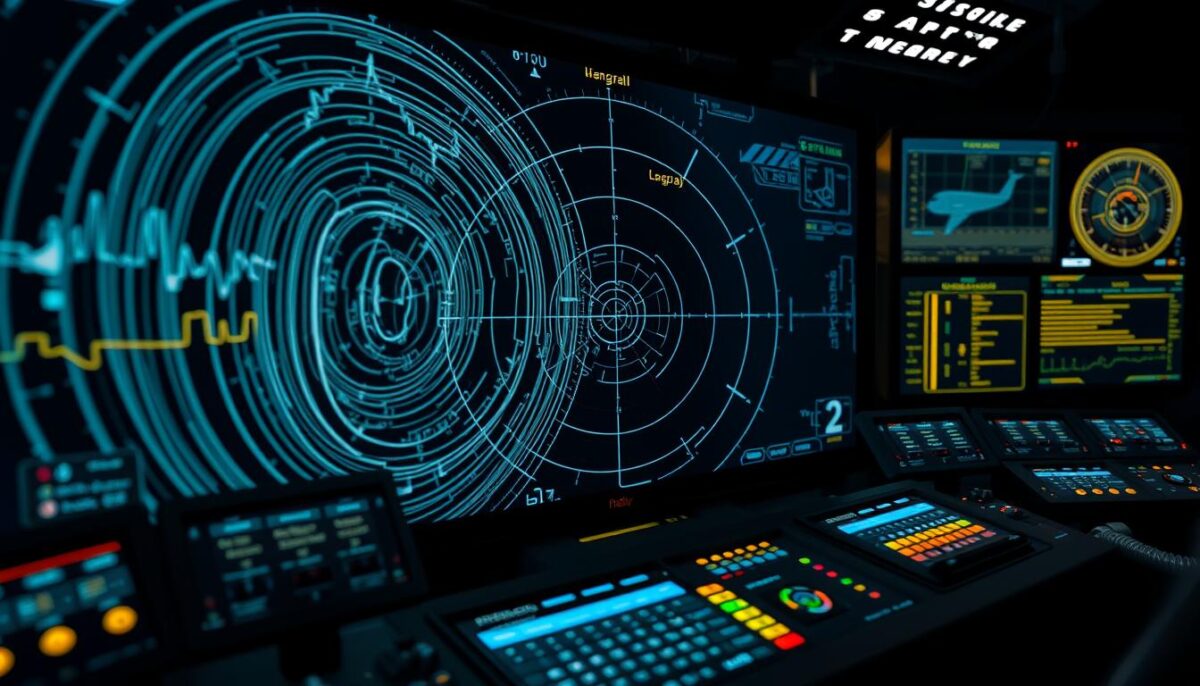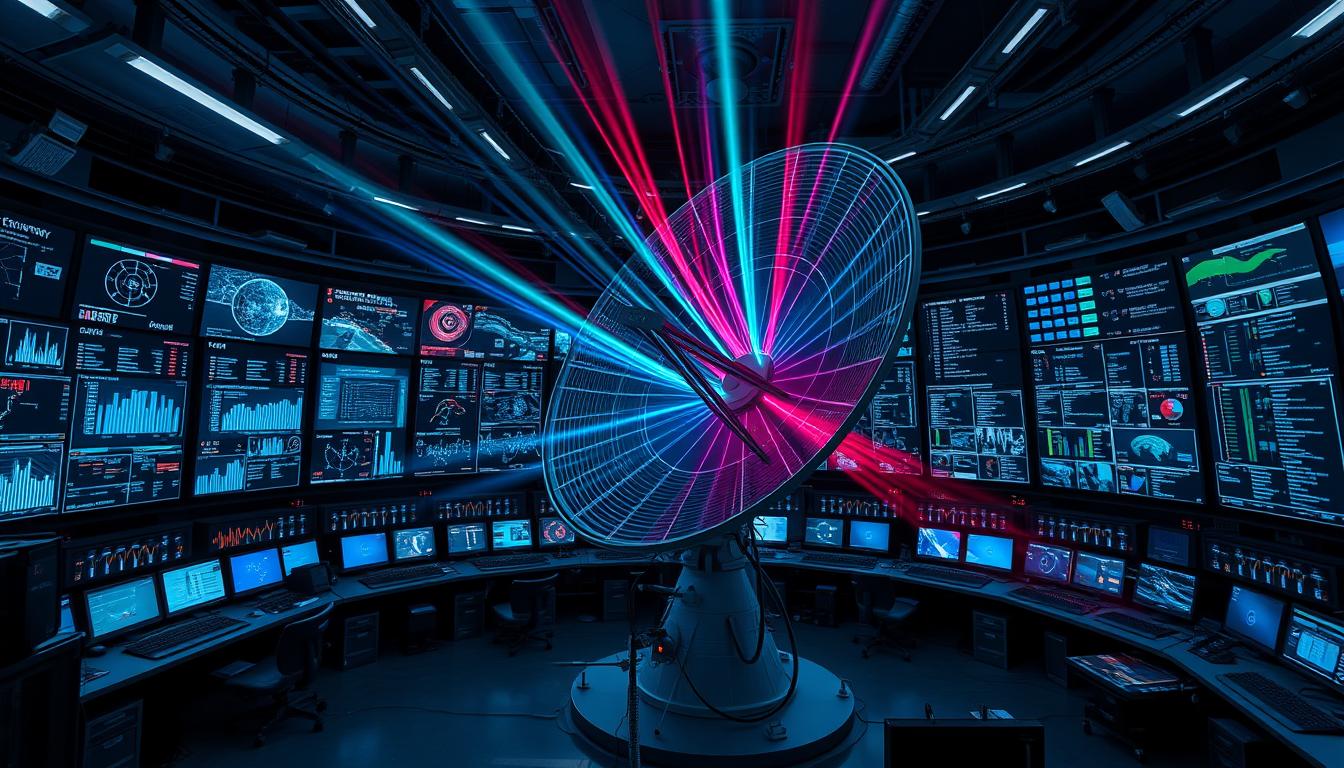Radar technology has revolutionized various industries by providing essential data on the distance, speed, and characteristics of objects through Radio Detection and Ranging. As a cornerstone for safety and navigation, precision in radar is not just beneficial—it’s critical. The accuracy in detection enables radar systems to function effectively across many applications, including aviation, defense, and meteorology. With advancements in digital signal processing, the demand for high-precision radar systems continues to grow as we navigate a complex technological landscape.
Understanding these fundamental concepts of radar technology lays the groundwork for appreciating its role in supporting operations and safeguarding lives.
Understanding Radar Technology Fundamentals
Radar technology plays an essential role in various applications, from weather forecasting to military operations. A fundamental understanding of radar is crucial for appreciating its impact and functionality. This section explores the definitions and basic principles associated with radar systems, shedding light on how radar works and the significance of radio waves in detection and ranging.
What is Radar Technology?
Radar, which stands for Radio Detection and Ranging, is a system that utilizes radio waves to identify and locate objects. The radar definition encompasses not only the technology but also the methodology behind its operation. By sending out radio waves, radar systems can detect the presence of objects—stationary or moving—by measuring the time it takes for the waves to return after bouncing off an object. Analyzing this time provides information about the object’s distance, which forms the basis for many radar applications.
How Radar Works: Basic Principles
The basic principles of radar involve several critical processes, such as radar operation, radio wave propagation, and the concepts of reflection and absorption. Initially, radar systems emit radio waves into the environment. As these waves travel at light speed, they encounter various objects. When a radio wave hits an object, it reflects back to the radar system. This reflection allows the system to determine the object’s location and speed based on the return time of the waves.
Key factors like reflection and absorption significantly influence the effectiveness of radar technology. Environmental variables, such as weather conditions, can result in wave scattering or loss of signal strength, emphasizing the necessity for precise calibration in radar operation. Understanding these principles not only aids in grasping how radar works but also illustrates the importance of maintaining accuracy to ensure reliable data interpretation, which is vital in sectors that depend on radar technology.
| Principle | Description |
|---|---|
| Radio Wave Emission | Radar systems emit radio waves that travel through the atmosphere. |
| Reflection | Waves bounce back upon hitting an object, allowing detection. |
| Absorption | Some radio waves may be absorbed by materials, affecting signal strength. |
| Propagation | The behavior of radio waves as they travel through different mediums. |
| Detection and Ranging | Calculating the distance and speed of objects based on wave return time. |
The Importance of Precision in Radar Technology
Understanding the nuances between accuracy and precision is essential for evaluating radar technology effectively. Both terms are often used interchangeably but hold distinct meanings that significantly affect radar data reliability and interpretation.
Accuracy vs. Precision: Key Differences
Accuracy refers to how close a measurement is to the true value, while precision denotes the consistency of repeated measurements. For instance, when utilizing radar technology, achieving high accuracy means that the data closely represents the real-world conditions. In contrast, high precision signifies that repeated measurements yield similar results, contributing positively to measurement standards in the industry.
The Role of Precision in Data Interpretation
Precision plays a critical role in how radar data is interpreted across various fields, including aviation, weather forecasting, and military operations. High precision ensures that operators can make informed decisions based on reliable information, ultimately enhancing the effectiveness of radar technology uses. For example, in military contexts, precision is crucial for executing operations accurately and for targeting. In meteorology, precise radar readings can lead to substantial improvements in accuracy for weather predictions, which is vital for protecting lives and resources.

| Aspect | Accuracy | Precision |
|---|---|---|
| Definition | Closeness to true value | Consistency of measurements |
| Importance in Radar | Ensures data aligns with reality | Enhances reliability of data interpretation |
| Impact on Decision Making | Informs tactical decisions | Supports trust in operational strategies |
Applications of Precision in Radar Systems
Precision in radar technology serves various critical applications across multiple sectors. From enhancing national security to ensuring safe air travel and improving weather forecasts, military radar and aviation radar depend heavily on accurate data. This section explores how precision impacts these essential areas.
Military and Defense: Critical Operations
In the realm of military and defense applications, precision is vital for effective surveillance and threat detection. Military radar systems allow for the accurate tracking of targets, enabling strategic decision-making. The ability to distinguish between multiple targets ensures successful operations. Furthermore, precision helps maintain an edge over adversaries by providing real-time data necessary for tactical advantages.
Aviation Navigation: Keeping Flights Safe
Precision radar technology plays an essential role in aviation navigation, predominantly through air traffic control systems. Aviation radar is instrumental in guiding pilots during takeoffs, landings, and in-flight navigation. Accurate data from these systems is crucial for maintaining flight safety in today’s crowded airspace. Enhanced precision in navigation systems significantly reduces the risk of mid-air collisions and enhances overall flight reliability.
Weather Forecasting: Enhancing Accuracy
In meteorological applications, precision in weather radar is fundamental for accurate storm tracking and weather prediction. High-precision radar provides vital data for meteorologists, allowing for the effective monitoring of severe weather events. This ensures timely alerts for communities, assisting them in preparation for natural disasters. Improved accuracy in radar data contributes significantly to the reliability of weather forecasts.
| Application Area | Key Functions | Importance of Precision |
|---|---|---|
| Military and Defense | Surveillance, Threat Detection | Enables accurate target tracking and real-time tactical advantages |
| Aviation Navigation | Air Traffic Control, Flight Management | Reduces collision risk, enhances overall flight safety |
| Weather Forecasting | Storm Tracking, Weather Prediction | Provides reliable data for issuing timely alerts and predictions |
Challenges Affecting Precision in Radar Technology
Despite significant advancements in radar technology, several radar challenges persist that can impact overall precision. One of the most prominent issues is signal interference, which can arise from various environmental factors such as weather conditions, terrain irregularities, and even man-made obstacles. These elements can severely compromise data accuracy, making it difficult for radar systems to function optimally in real-time scenarios.
Another critical aspect to consider is technology limitations. As radar systems age, sensor degradation can occur, leading to a decline in performance. Calibration issues also play a vital role; even slight misalignments can result in significant data inaccuracies over time. It becomes essential to continuously monitor and maintain these systems to mitigate the effects of these challenges.
Tackling these obstacles is crucial for enhancing the reliability and precision of radar operations across multiple sectors. By investing in research and development, stakeholders can work toward improving technology and addressing environmental factors that contribute to signal interference. This evolution in radar technology not only bolsters safety measures but also drives advancements in various industries reliant on accurate data interpretation.




